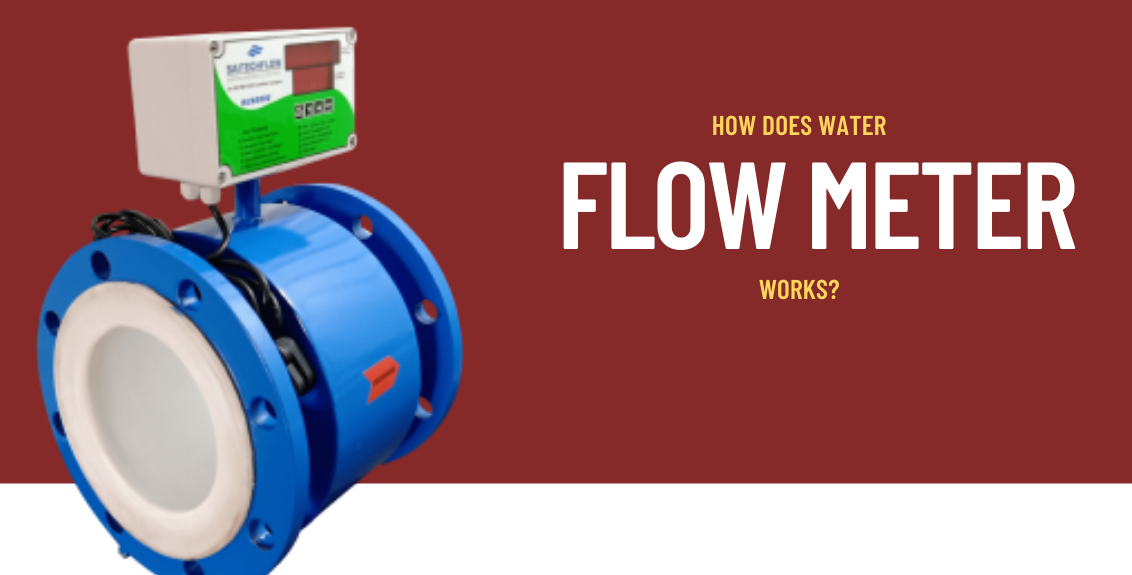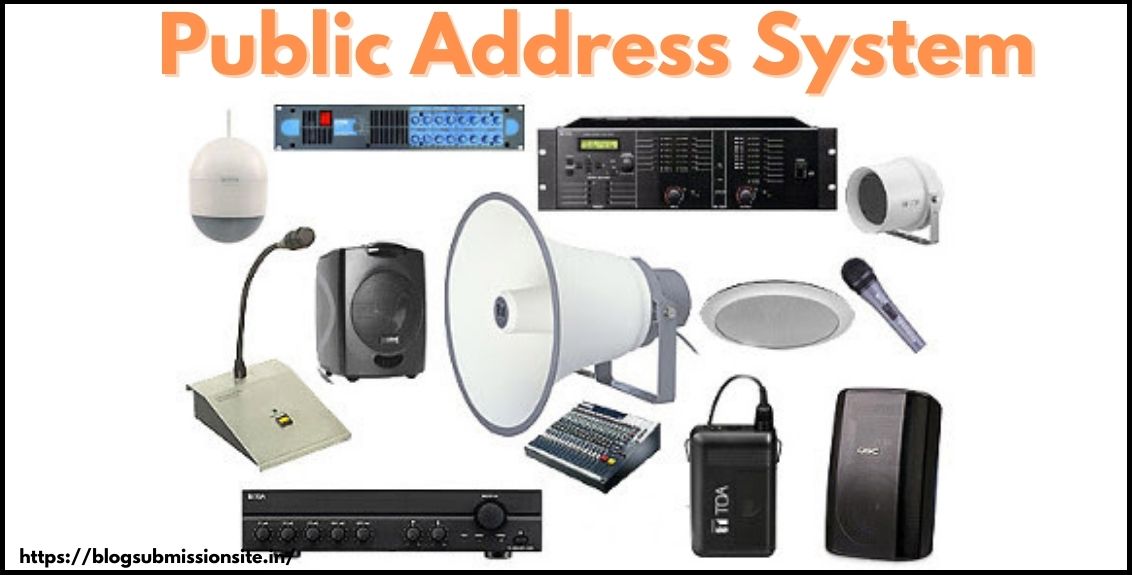Water Flow Meter measures the volume of water supply throughout the rod. This could be the main water supply pipe for a whole facility, or a subzone, same a refrigeration method. They may indicate this volume in cubic feet or gallons. Knowing how water meters work is an important part of water power, and it can help you to recognize water leaks, save water, and reduce your water invoice.
Let’s start with how water meters work
There are three main varieties of water meters—
- Mechanical
- Electromagnetic, and
- Ultrasonic
Each uses a separate mechanism to determine the amount of water that your facility uses, but they all present a reliable measure. Meters operate the speed of fluid moving through the pressure chamber. The size of the volume chamber assists calculates the volume of fluid.
Mechanical water meters
Mechanical water meters are very common. When water passes through the water meter, it creates an impeller to turn. Each water meter is calibrated to restrict the flow rate based on this turn. Automated water meters are extremely close (though few accurate than other types of meters, like ultrasonic), but they deteriorate over time due to contaminants in the water wearing down the effective parts of the meter.
Mechanical water meters do not need a power supply.
Electromagnetic water meters
Electromagnetic Water Flow Meter uses voltage to manage your flow rate. As water passes through a pipe enclosed by magnetic fields and electrodes, it generates voltage. The water’s velocity defines how much voltage it creates, so the meter can change the voltage to flow rate. (And thus, your water usage.)
Electromagnetic water meters require a power supply.
Ultrasonic water meters
Ultrasonic water meters send a whole wave through your water to determine the flow rate. Depending on your water, they may enter the “transit time” of the signal (how long it needs to get from one point to another) or “Doppler shift” (the variation in the signal’s frequency).
Ultrasonic water meters may need a power supply.
How to read your water meter
- Depending on the type of water meter you have, knowing it can be a little confusing. Your utility provider will typically read your water meter remotely, but if you need to read it, you’ll either need to check it manually or use special software like Saitech Flow Instruments
- Digital water meters are simple. There’s no dial to read, and the show simply tells you how many gallons or cubic feet of liquid you’ve used. (If there’s a lot of water moving at a time you aren’t normally using a lot of water, there’s probably something wrong.)
- Modern analog water meters but neatly control your liquid method in gallons or cubic feet, but there’s a dial, too. The lowest digit on the display is continuously zero, so it’s always turned down. To discover the exact volume you’ve used, you have to read the dial, which represents the final digit.
- Old analog water meters aren’t very common, but they’re however nearby. They seem intimidating at the head, but they’re still fairly straightforward. There’s a separate dial to display each digit in the volume in cubic feet. You read the numbers clockwise, beginning at hundreds of thousands.
Saitech Flow Instruments is the best leading manufacturing and Supplying of Digital flow meter, flow transmitter, Flowmeter, full bore flow meter, flow indicator totalizer, effluent flow meter, Inline Flowmeter, insertion flow meter, Turbine flow meter, flow transmitter from Pune, Maharashtra, India.






Nice post. I used to be checking constantly this blog and I am inspired!
Extremely helpful information specially the final section :
) I care for such info a lot. I used to be seeking this certain info for a very long time.
Thanks and best of luck.
Hi i am kavin, its my first time to commenting anyplace, when i
read this post i thought i could also create comment due to this good paragraph.
What’s up Dear, are you truly visiting this web site on a regular basis, if so
afterward you will absolutely obtain good experience.